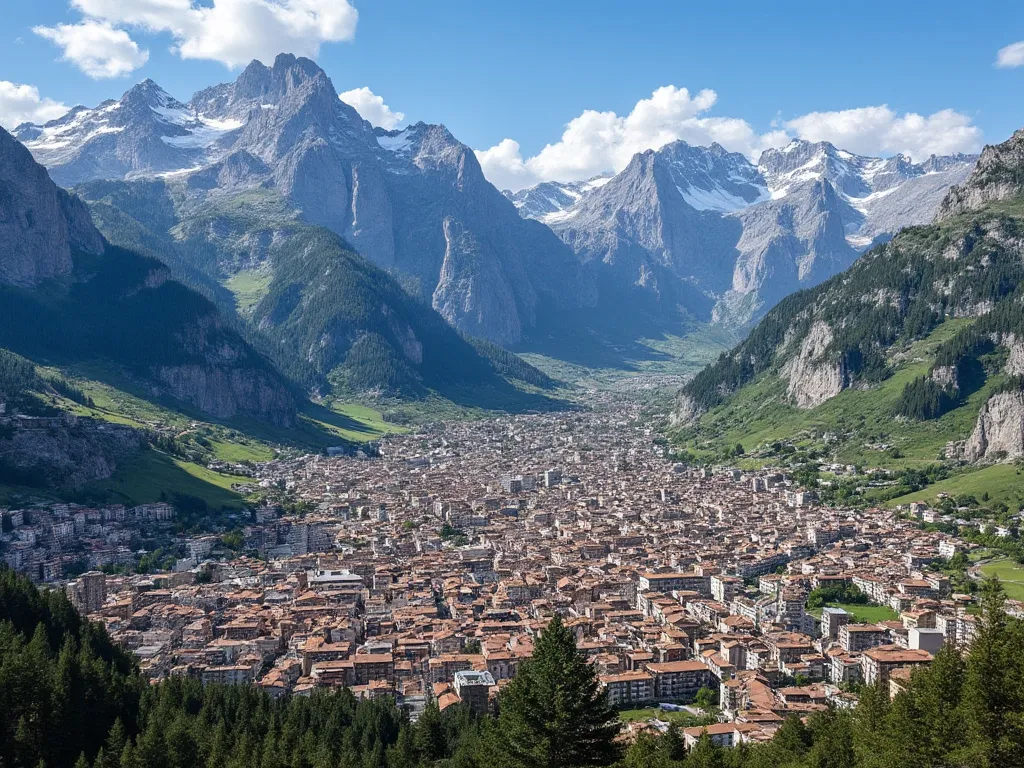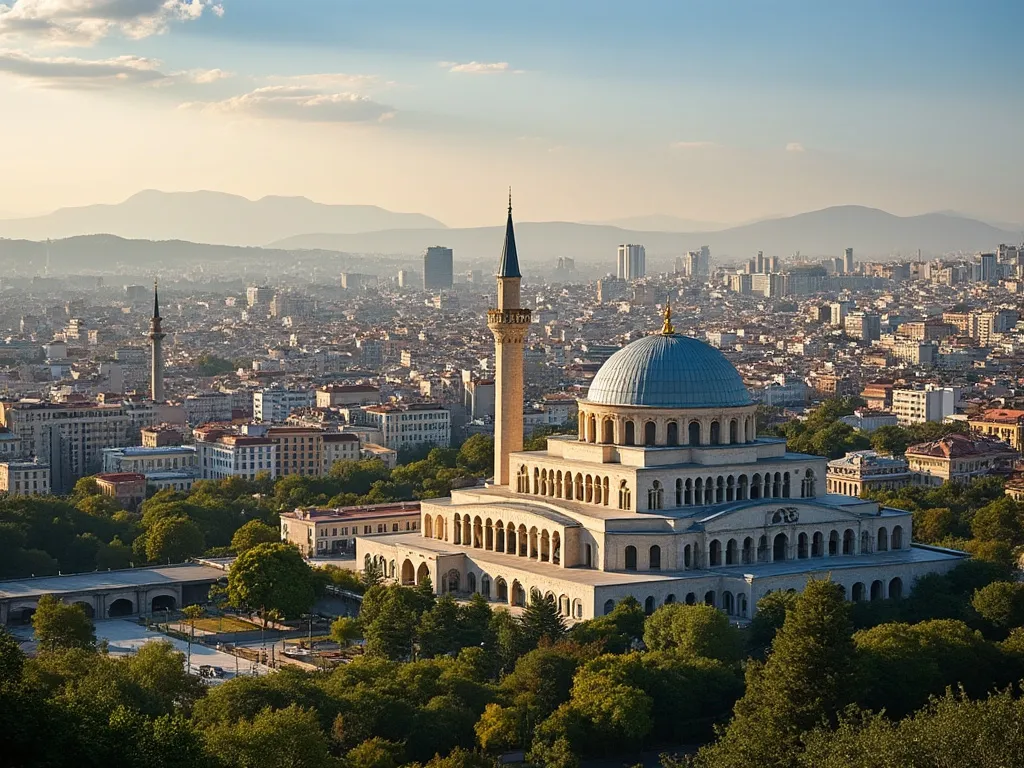
Antananarivo, also known as Tana, is the capital and largest city of Madagascar, an island nation located off the coast of East Africa. Perched on a rocky outcrop, Antananarivo is a city of hills, valleys, and winding streets, with a mix of traditional and modern architecture. The city's unique blend of African, Asian, and European influences has created a rich cultural heritage, making it a fascinating destination for travelers.
Antananarivo information
| Country | 🇲🇬 Madagascar |
| City Population | 1,403,358 |
| City Coordinates | 18.9167° S, 47.5167° E |
| City Area | 88 km² |
| Climate | Subtropical highland climate |
| Language | Malagasy, French |
| Currency | Malagasy ariary |
| Time zone | EAT (UTC+3) |
| Proximity to other major cities | 1,100 km from Maputo, Mozambique; 1,500 km from Johannesburg, South Africa; 2,000 km from Nairobi, Kenya |
Interesting facts about Antananarivo
- Antananarivo is home to the oldest church in Madagascar, the Andafiavaratra Palace Chapel, built in 1867.
- The city has a unique transportation system, with many traditional rickshaws and cyclo-pousses (bicycle taxis) still in use.
- Antananarivo is known for its vibrant markets, including the famous Grand Marché, which offers a wide range of local goods and souvenirs.
Tourist attractions in Antananarivo
- Rova of Antananarivo: a historic palace complex and symbol of the city's cultural identity.
- Grand Marché: a vibrant market offering a wide range of local goods and souvenirs.
- Andafiavaratra Palace Chapel: the oldest church in Madagascar, built in 1867.
- Ankaratra Mountains: a scenic mountain range offering stunning views and hiking opportunities.
Historical background of Antananarivo
Antananarivo was founded in the 17th century by King Andrianjaka, who established the Merina Kingdom. The city's strategic location made it an important center for trade and commerce, attracting people from various ethnic groups and cultures. In the 19th century, Antananarivo became a major hub for European colonial powers, particularly the French, who made it the capital of Madagascar in 1896. After gaining independence in 1960, Antananarivo continued to grow and develop, becoming the vibrant city it is today.
Geographical location of Antananarivo
Antananarivo is situated in the central highlands of Madagascar, about 1,300 meters above sea level. The city is surrounded by rolling hills and mountains, with the nearby Ankaratra Mountains providing a scenic backdrop. The climate is subtropical, with mild temperatures and moderate rainfall throughout the year.
Cultural significance of Antananarivo
Antananarivo is a city of great cultural significance, with a rich heritage of music, dance, and art. The city is home to many museums, galleries, and performance venues, showcasing the best of Malagasy culture. The Rova of Antananarivo, a historic palace complex, is a prominent landmark and a symbol of the city's cultural identity.
Economic importance of Antananarivo
Antananarivo is the economic hub of Madagascar, with a diverse range of industries, including textiles, food processing, and construction. The city is also a major center for trade and commerce, with a busy port and international airport. Tourism is also an important sector, with many visitors drawn to the city's unique culture and natural beauty.
Conclusion on Antananarivo
Antananarivo is a city of great cultural and historical significance, offering a unique blend of traditional and modern attractions. From its vibrant markets and historic landmarks to its stunning natural surroundings, Antananarivo is a destination that has something for everyone. Whether you're interested in history, culture, or adventure, Antananarivo is a city that is sure to leave a lasting impression.
 Apia
Apia
 Ashgabat
Ashgabat
 Andorra la Vella
Andorra la Vella
 Ankara
Ankara